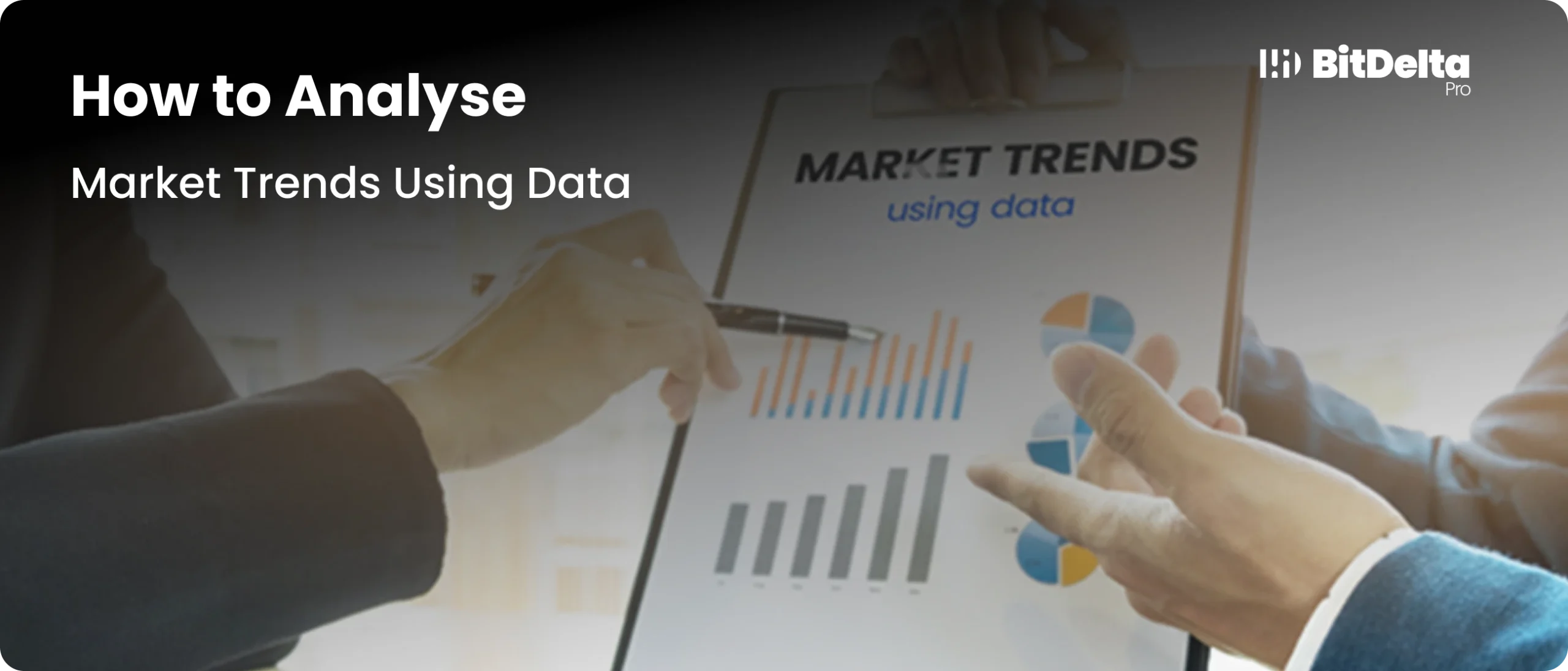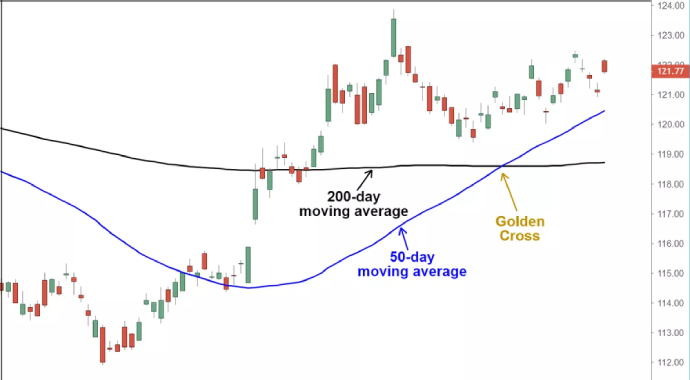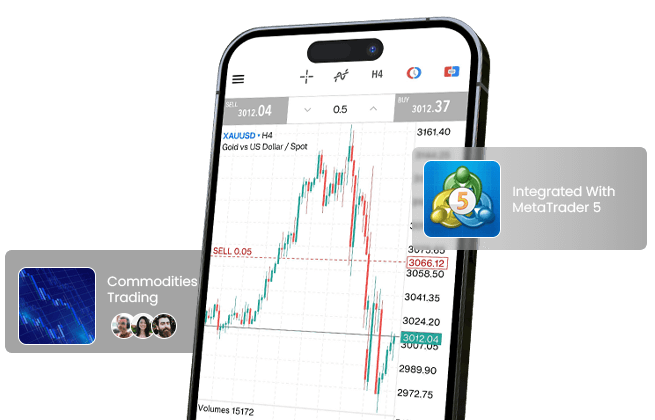Table of Contents
How to Analyse Market Trends Using Data: Insights & Strategies
7 MIN READ
Team BitDelta Pro • 12 Nov 2024

Learning how to analyse market trends using data helps spot potential opportunities and make better trading decisions. This article discusses how you can do so.
Key Takeaways
- Understanding data types is essential: Different kinds of data – such as historical price data, trading volume, sentiment, technical indicators, and fundamental data – give different insights into how to analyse market trends.
- Technical indicators guide trading decisions: Other tools, including moving averages, RSI, and Bollinger Bands, help traders observe areas of possible entry and exit, depending on the market trends.
- Market sentiment is a key factor: Sentiment from sources such as news and social media can give insights into market psychology, which affects price movements.
- Testing and validating strategies reduce risks: Always test your insights with demo accounts or small sums to avoid potential losses.
‘Knowledge is power’ is a statement that is particularly true in the world of trading. Buying and selling assets can be stressful and hardly predictable, and traders need real-time data insights and market trend research to make informed decisions. But what are market trends?
Using data from market trend research can improve your trading strategy. It helps you identify patterns, understand market movement, and and predict future price movements. In this guide, we will help you get started with using data to perform market trend research in trading.
What are Market Trends, and Why Data Matters in Trading?
In trading, data helps you detect market trends, observe price shifts, and potentially predict how markets will turn out. By analysing the data, traders can better comprehend trends and make decisions that are not simply based on assumptions but on facts. Making informed decisions helps reduce risk, better manage asset allocation, and explore profitable opportunities.
Key Data Metrics for Market Trend Research
Different kinds of data can tell you how the market behaves. Here are the key types and what they indicate:
- Historical Price Data: This includes previous asset prices, trading volumes, and price movements. Historical data allows traders to better grasp past market behaviour, explore existing trends, predict the behaviour of price patterns, and more.
- Trading Volume: Shows the quantity of any asset traded over a certain period. High trading volumes often signal that many traders are interested in a market, which can mark the beginning of an upward trend. On the other hand, low volume may indicate market hesitation or a potential trend shift.
- Sentiment Data: Market sentiment data is about what traders think about a particular asset. Traders can get a sense of the market’s mood by analysing news articles, social media trends, and discussions on trading forums, as these influence the price movement.
- Technical Indicators: Moving Averages, Relative Strength Indexes (RSI), and Bollinger Bands derive from price and volume data. They give practical insight into price trends to help traders decide when to enter and exit a trade.
- Fundamental Data: Fundamental data focuses on economic activity and how this drives asset prices in the context of company earnings, economic reports, and world events. For example, currency and stock markets may be affected by interest rate changes or economic growth projections.
How to Analyse Market Trends in Trading Using Data?
After understanding market trends and the available data types, we will explore how to use them effectively in trading.
Define Your Goal
Your first duty will be to set specific goals. Do you want to predict short-term movements or a long-term trend? Having clear goals reduces the madness of deciding what data to examine and helps focus the analysis.
Collect Reliable Data
For accurate analysis, you need reliable data. For trading, common data sources include:
- Market Data Providers: Live market data and historical price charts are available on Bloomberg, Reuters, and TradingView.
- Brokerage Platforms: A trading platform like BitDelta Pro offers live data, technical indicators, and news articles.
- Economic Calendars: Economic events and announcements can influence market trends; BitDelta.pro offers an economic calendar that updates in real-time.
Using more than one source can lower the risk of making decisions based on partial information.
Organise Your Data
Clean your data before analysis to eliminate errors. When validating data, check for missing price data points or inconsistencies in trading volumes. Properly organising data in spreadsheets or software helps perform analysis easily and accurately.
Search for Price and Volume Patterns
Uptrends, downtrends, or consolidation patterns show the market direction. When you look at the price movements with respect to trading volume, you can understand how strong a trend is. For example:
- Uptrend: A rising trend is indicated when we see higher highs and higher lows accompanying increased volume.
- Downtrend: A downward trend is indicated if lower lows and lower highs coincide with steady volume.
- Consolidation: Sideways moves with low volume often show the market is on the brink of a breakout.
Apply Technical Indicators
Trading uses technical indicators to analyse price trends. Here are some popular ones:
- Moving Averages (MA): Moving averages data indicates the direction of a trend. For example, a 50-day MA crossing above a 200-day MA may indicate a bullish trend.
- Relative Strength Index (RSI): RSI detects whether an asset is overbought or oversold. An RSI value above 70 generally indicates overbought conditions, and an RSI value below 30 is considered oversold.
- Bollinger Bands: These bands use a middle 20-day moving average with upper and lower bands to show price volatility. When prices are close to the upper band, overbought conditions are signalled, whereas when they are close to the lower band, oversold conditions are signalled.
Interpret Market Sentiment
Market sentiment is the mood of traders in the market as a whole. For example, a sudden increase in positive social media posts regarding a stock might mean high demand; if there is negative news surrounding a stock, there might be a sell-off. Traders can use sentiment data to track the market’s perspective and prepare for possible shifts in market trends.
Test and Validate Your Strategy
If you do not perform tests, do not go all-in on a trade based on trend analysis alone; start by testing your strategy on a small scale. For example, if you base your prediction on the uptrend, which means you predict there will be a price rise, try to trade a small amount to check if the prediction is valid. BitDelta Pro also offers a free demo account where you can fake trade without risking real money.
Market Data Analysis Tools in Trading
These three simple, accessible tools make it easier to analyse market data for trading:
- TradingView: Traders can use real-time data, technical indicators, and charting tools to analyse price trends and make informed decisions.
- MetaTrader (MT4/MT5): MetaTrader is popular with forex and commodities traders and features advanced charting, backtesting, and automated trading tools.
- Financial News: Basic stock data, simple free charts, and the latest financial news.
- Search Trends on Search Engines: Rising search trends are practical for measuring interest in specific assets or sectors.
Market Analysis in Trading with Real-Life Examples of Using Data
What are market trends all about? Learning how to decode market trends using derivatives data and performing solid stock market trends analysis can help you increase your chances of success in trading. To understand how data-driven trend analysis works, we will look at two practical examples:
Using Moving Averages (MA) in Stocks
Image Source: TradingView
Stock traders have often used moving averages to determine a currency’s trend. For example, the Golden Cross can be seen if a pair’s 200-day moving average crosses above its 50-day moving average.
Analysing Social Media Sentiment for Stocks
Social media sentiment is a great indicator of stock trading. For example, an increase in positive social media mentions for a company could be a sign of increasing investor interest. During the ‘meme stock’ phenomenon, when social sentiment had a strong bias in moving prices, many traders used this approach to guess which stocks would rise.
Get Started Trading with BitDelta Pro
At BitDelta Pro, we simplify your trading experience with an easy-to-use platform. With our MT5 integration, you can benefit from real-time market data, a massive library of historical databases, and a wide range of advanced trading tools.
At BitDelta Pro, you can trade forex, equities, ETFs, and commodities using a wide range of advanced, fully customisable charting tools, real-time analysis, and indicators. Our platform offers competitive trading fees, leading security protocols, and 24/7 customer support to cater to both experienced traders and beginners.
Bottom Line
Learning what are market trends and how to know market trends using data enables you to make better decisions about where to place your funds for increased chances of making profits. When you define your goals, collect accurate data, use technical indicators, and test strategies, you turn raw potential into promising trades.
It is not only about predicting the next market move but about staying informed and ready for any major potential shifts. Better risk management, opportunity identification, and, most importantly, market trend research and analysis will increase your chances of making profits.
DISCLAIMER
This communication is for informational and educational purposes only and should not be construed as financial, investment, or legal advice. BitDelta Pro does not guarantee the accuracy, completeness, or timeliness of the information provided. Trading in traditional securities (such as forex currency pairs, stocks, bonds, and commodities) carries inherent risks, including potential loss of principal. Users are encouraged to carefully evaluate their financial objectives, conduct their own research, and seek independent financial advice before making any trading decisions. BitDelta Pro is not liable for any losses or damages resulting from actions taken in response to this communication.
Register an Account
Start your trading journey and explore limitless trading opportunities

Sign up today and gain access to global markets!
Register Now




;?>)